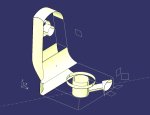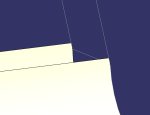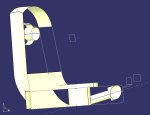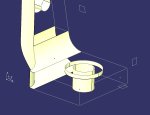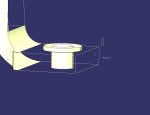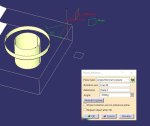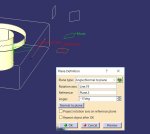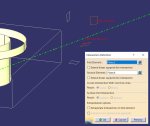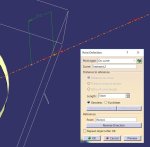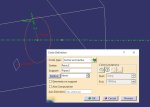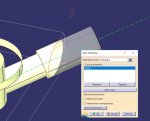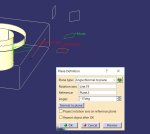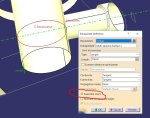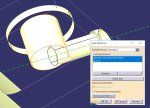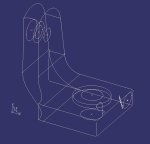I'm working on a practice part in college with a compound angle hole. The goal here is to practice surfacing so I can't use any sketches, not even for reference. I will attach the print to this post for reference. The center line of the hole is called out as 17 degrees up from the bottom and angled 50 degrees from the front face. No matter what I do, either the counterbore cuts into the top surface or the hole cuts a piece out of the bottom surface and I've been told neither of these things should happen.
Any help would be greatly appreciated.
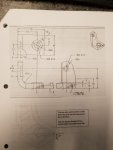


Any help would be greatly appreciated.





